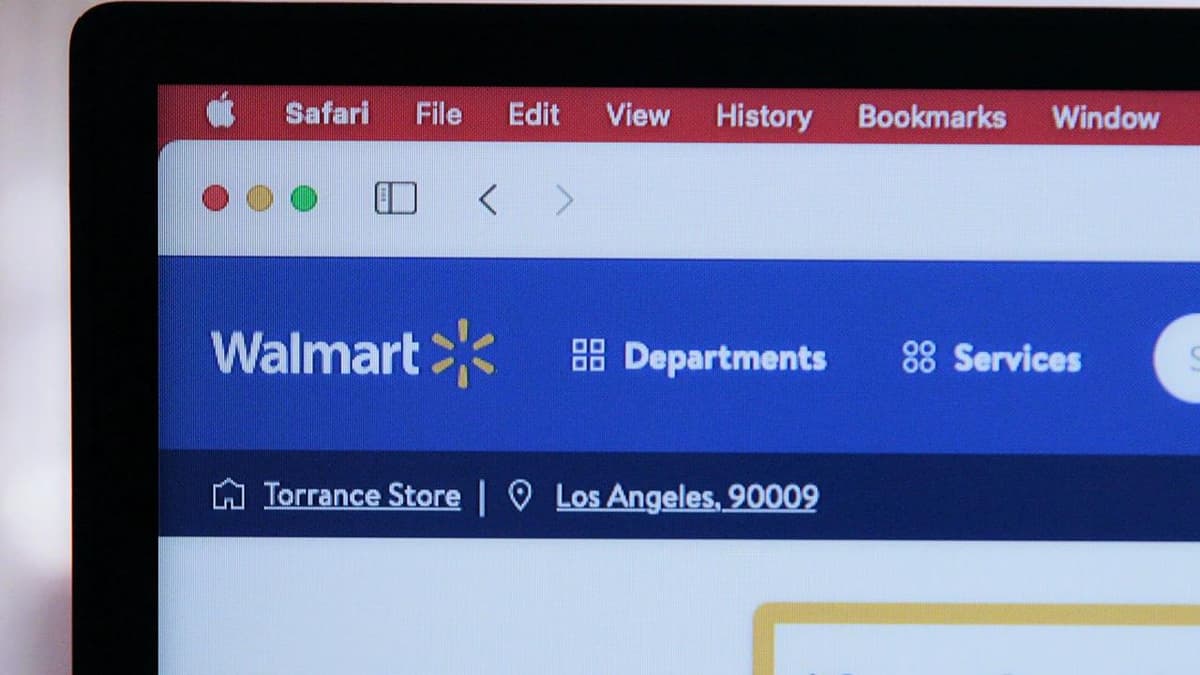How to Manage State in React: A Comprehensive Guide
Are you a React developer who often finds themselves tangled in the web of state management? Fear not, for in this article, we will explore various techniques and best practices to effectively manage state in your React applications. By the end of this guide, you will have a solid understanding of different state management approaches and be equipped to make informed decisions in your projects.
Understanding State in React
Before we dive into the nitty-gritty details of state management, let's take a moment to understand what state is in the context of React. In simple terms, state in React represents the data that determines a component's behavior and appearance. When state changes, React re-renders the component to reflect the updated state.
In React, there are two primary types of state: local state and global state. Local state is specific to a single component and is managed internally within that component. On the other hand, global state is shared across multiple components and is typically managed by a state management library like Redux or Context API.
Managing Local State
When dealing with local state in React components, the useState hook is your best friend. This hook enables functional components to have their own internal state, eliminating the need for class components and this.state. Here's a simple example to illustrate how useState works:
Jsx
In the example above, we define a Counter component that utilizes the useState hook to manage the count state. Every time the "Increment" button is clicked, the count state is updated, triggering a re-render of the component with the new count value.
Leveraging Context API for Global State
While local state is sufficient for managing state within individual components, there are scenarios where you need to share state across multiple components in your React application. This is where the Context API comes into play. Context API allows you to pass down data through the component tree without having to explicitly pass props at every level.
Here's a high-level overview of how you can use Context API to manage global state in your React application:
- Define a context:
Jsx
- Wrap your app with the
GlobalProvidercomponent:
Jsx
- Consume the global state using the
useGlobalStatehook:
Jsx
By following this pattern, you can effectively manage global state in your React application and ensure that state changes propagate to all components that consume the shared state.
Introducing Redux for Complex State Management
As your React application grows in size and complexity, you may find that managing global state with Context API becomes cumbersome. This is where Redux, a powerful state management library, shines. Redux provides a centralized store for managing application state and enables predictable state mutations through reducers.
Here's a brief overview of how Redux works in a React application:
- Define an initial state and actions:
Jsx
- Create a Redux store and connect it to your React app:
Jsx
- Connect components to the Redux store using the
connecthigher-order component:
Jsx
By integrating Redux into your React application, you can efficiently manage complex state logic, handle asynchronous actions, and maintain a single source of truth for your application's state.
State management is a critical aspect of building robust and scalable React applications. By leveraging the right tools and techniques, such as useState, Context API, and Redux, you can effectively manage state at both the component and application levels, ensuring a seamless user experience and maintainable codebase. Next time you find yourself grappling with state management in React, refer back to this guide for clear insights and actionable strategies to tackle the challenge head-on. Happy coding!












